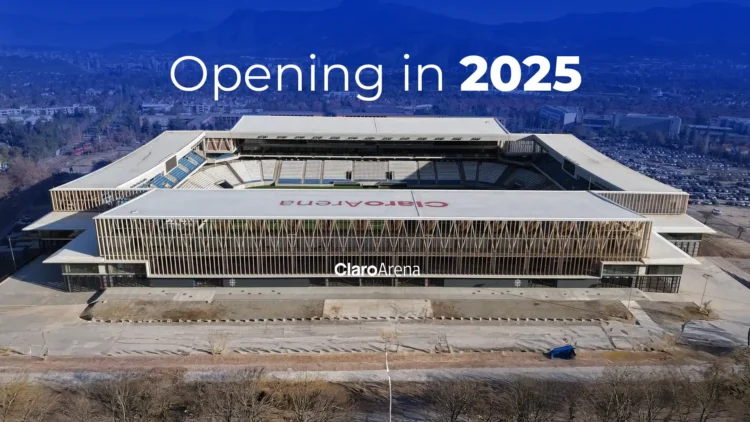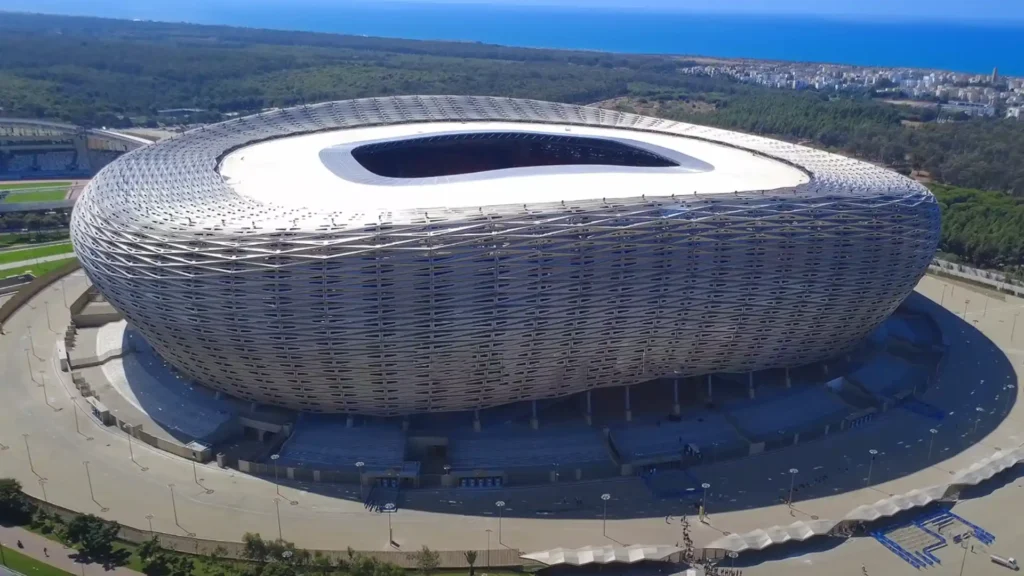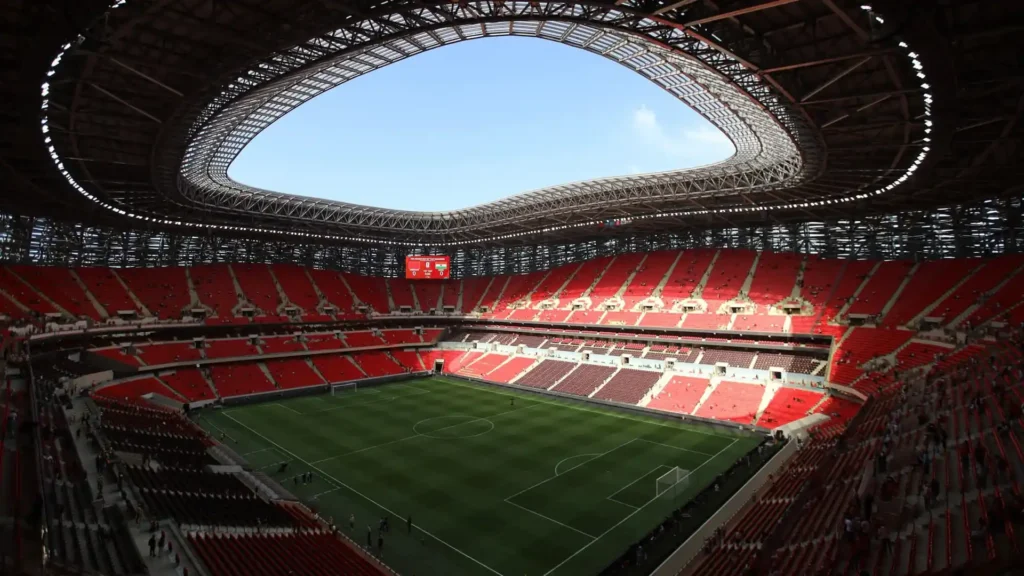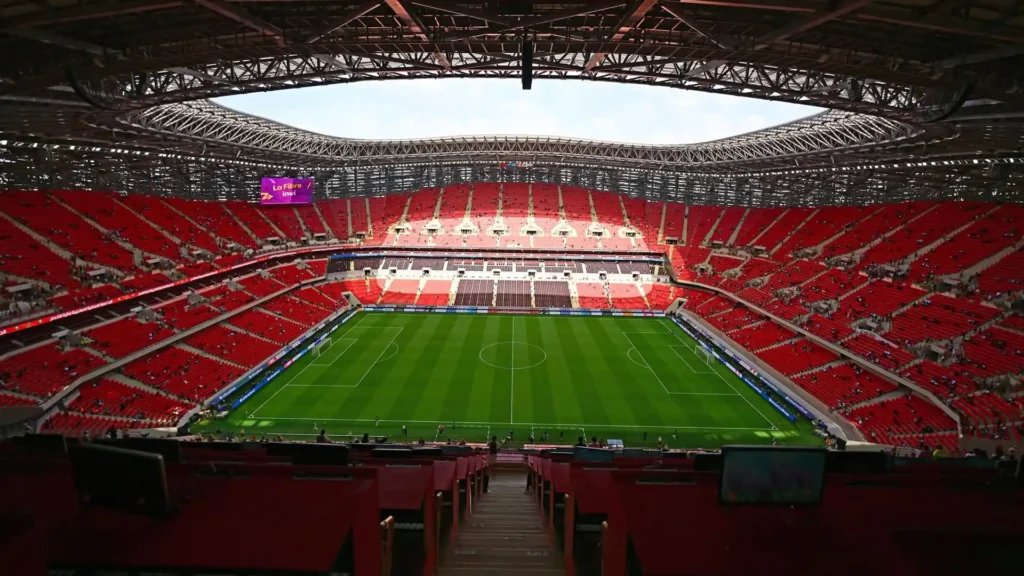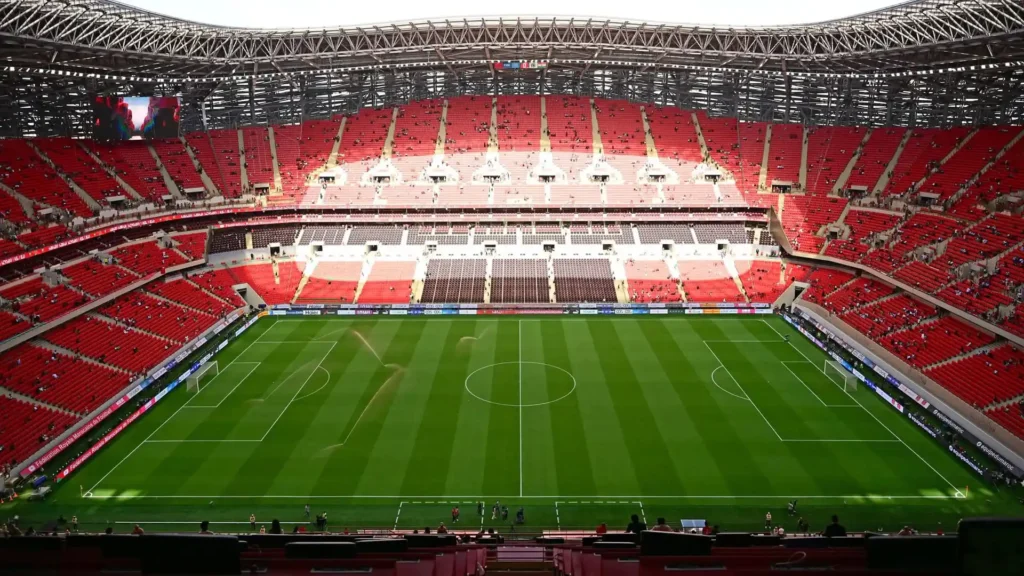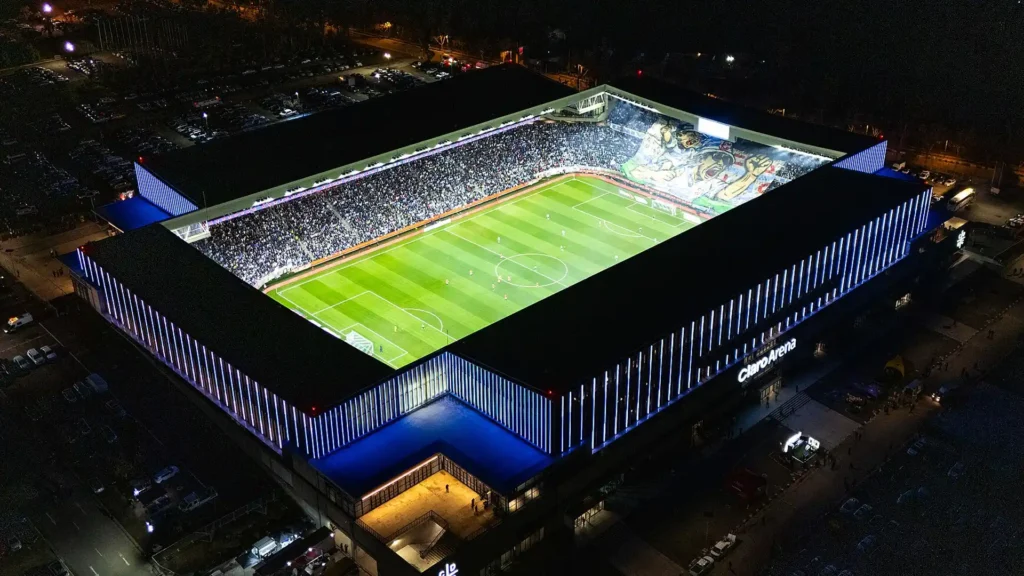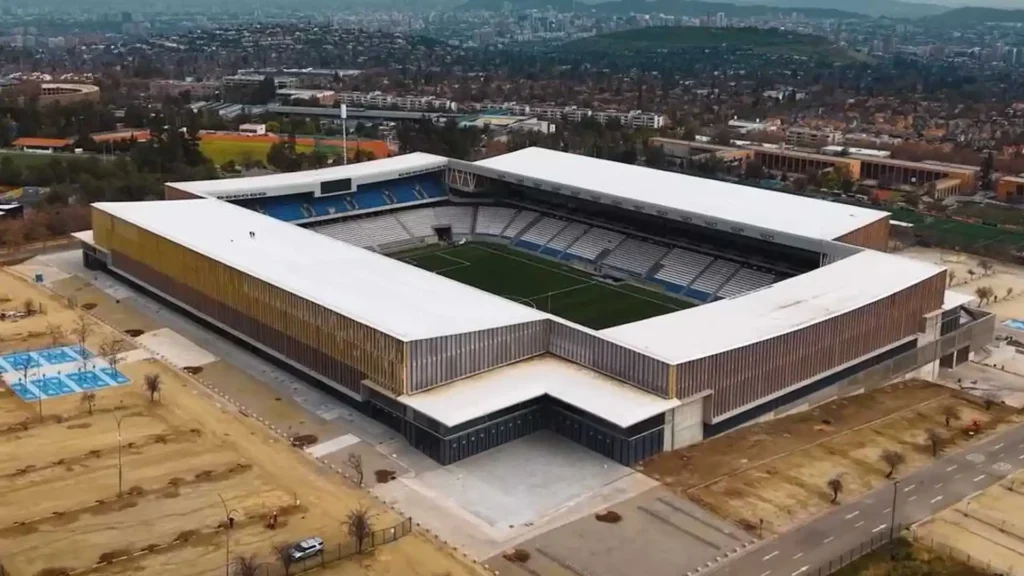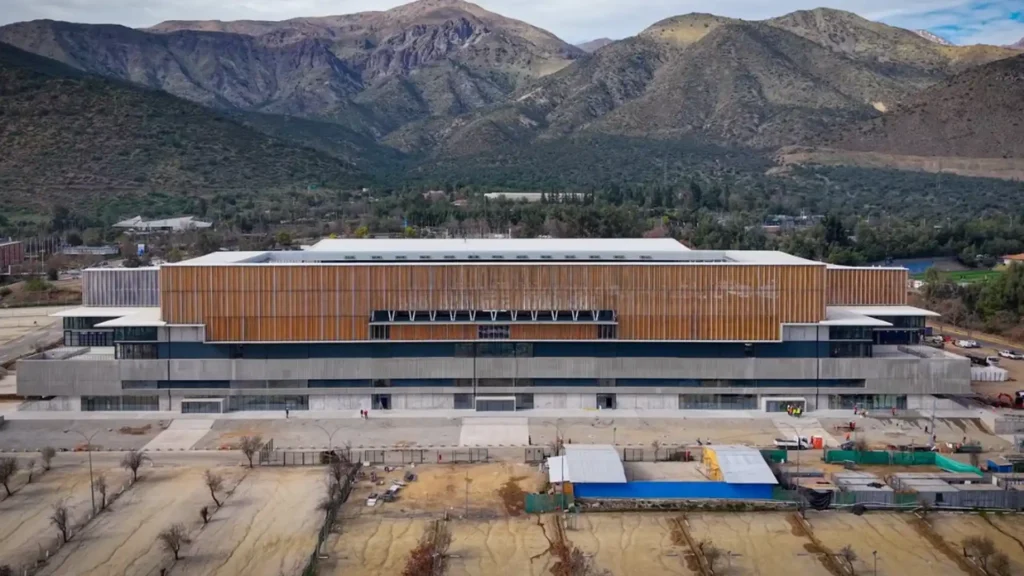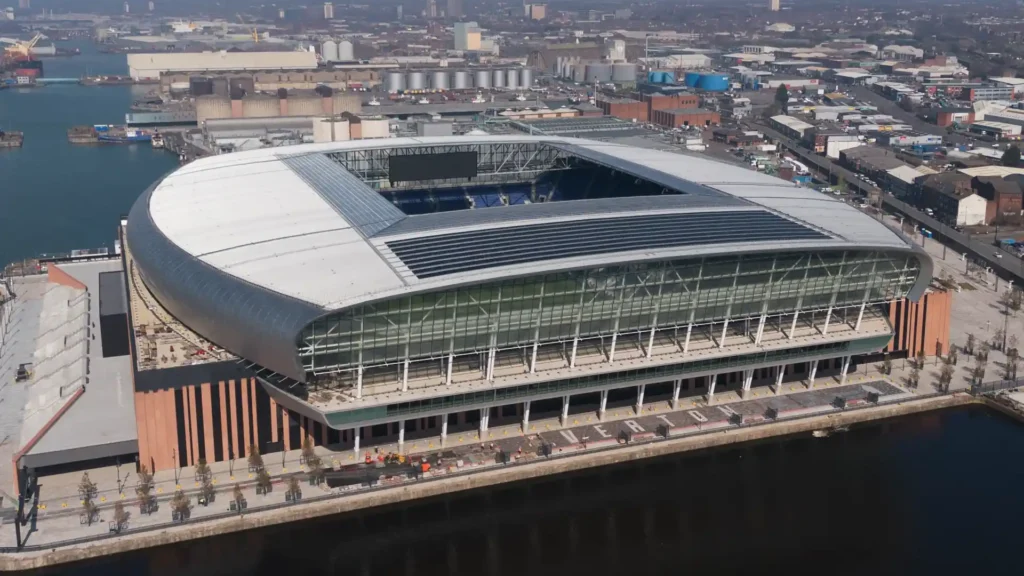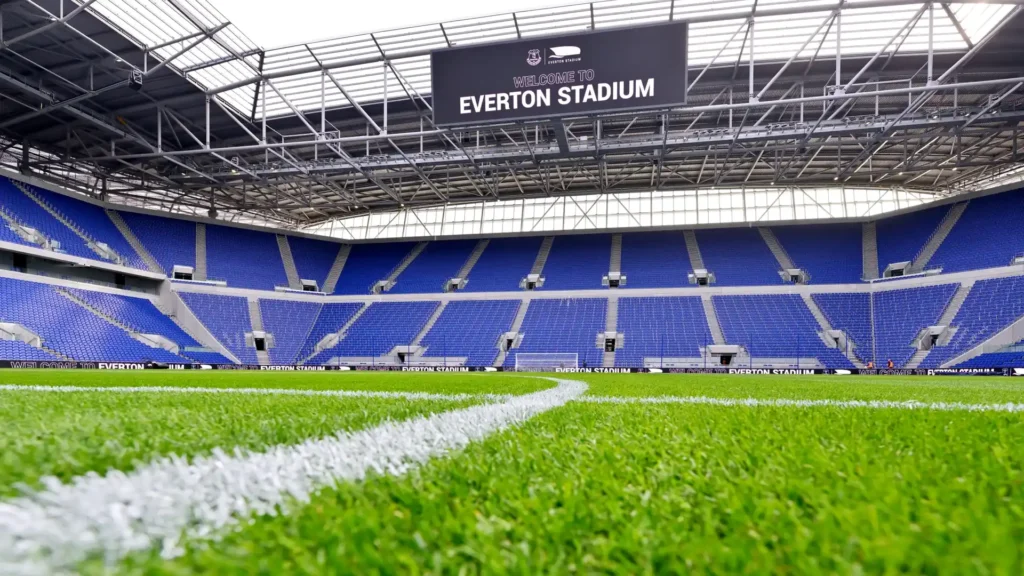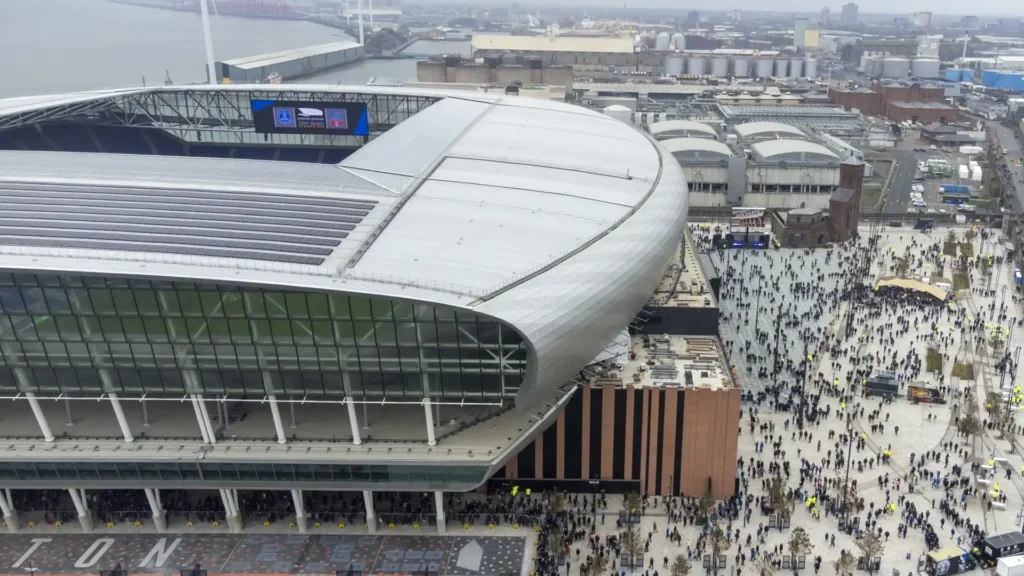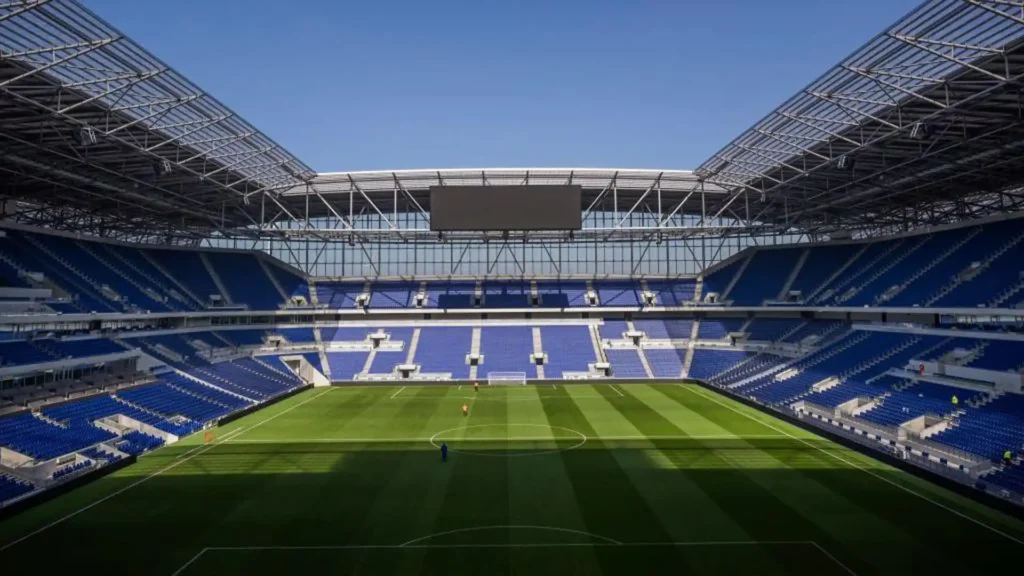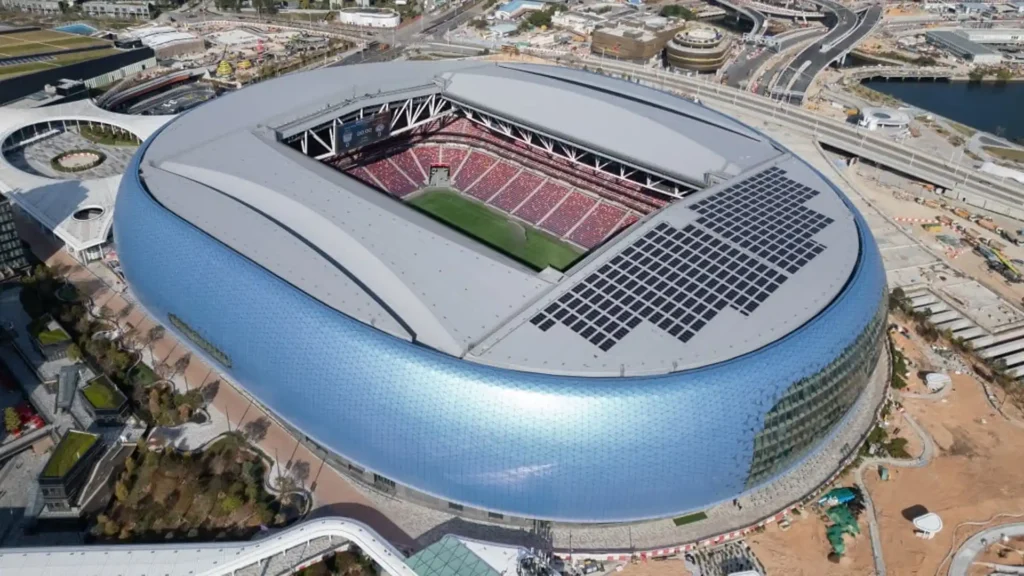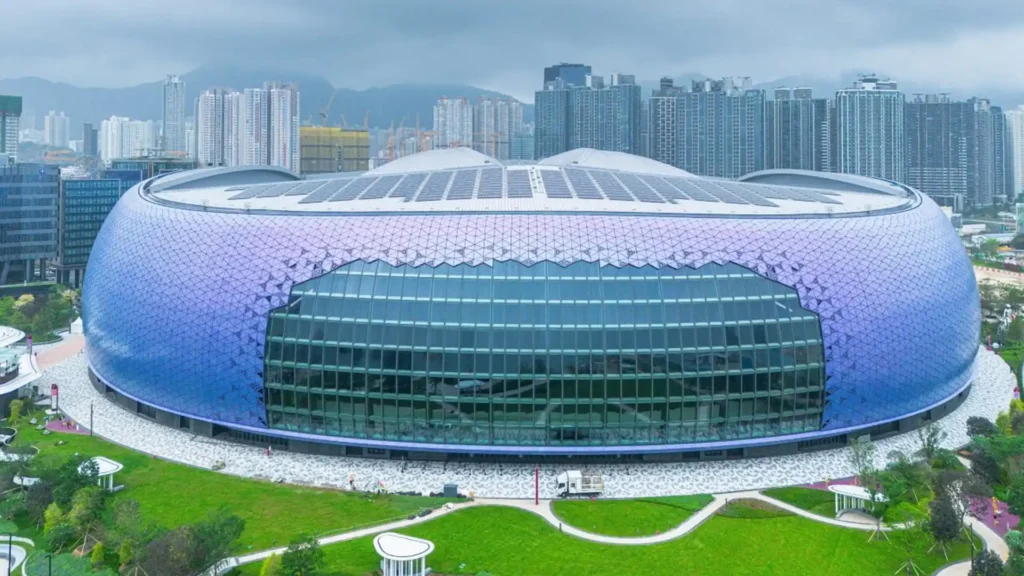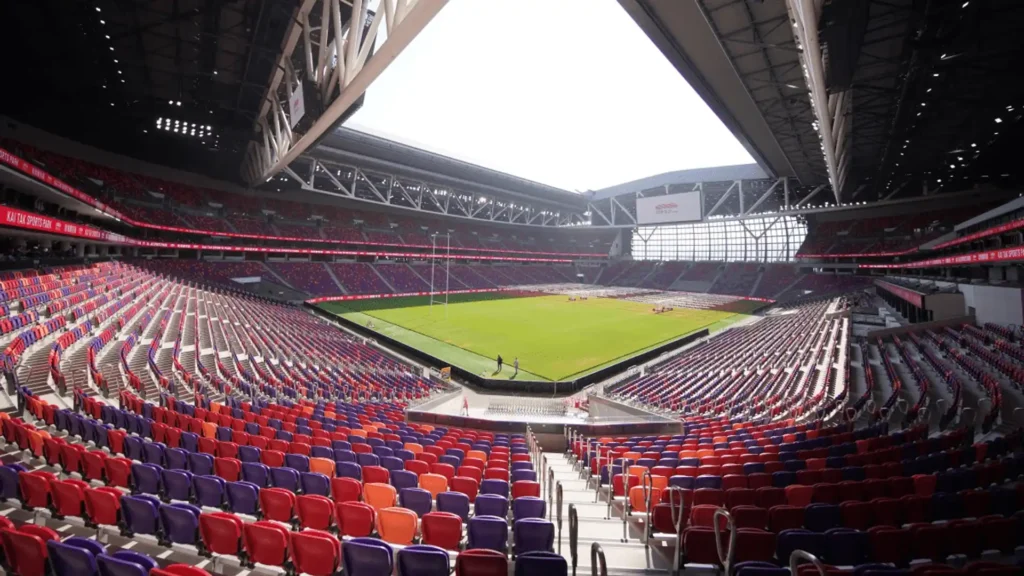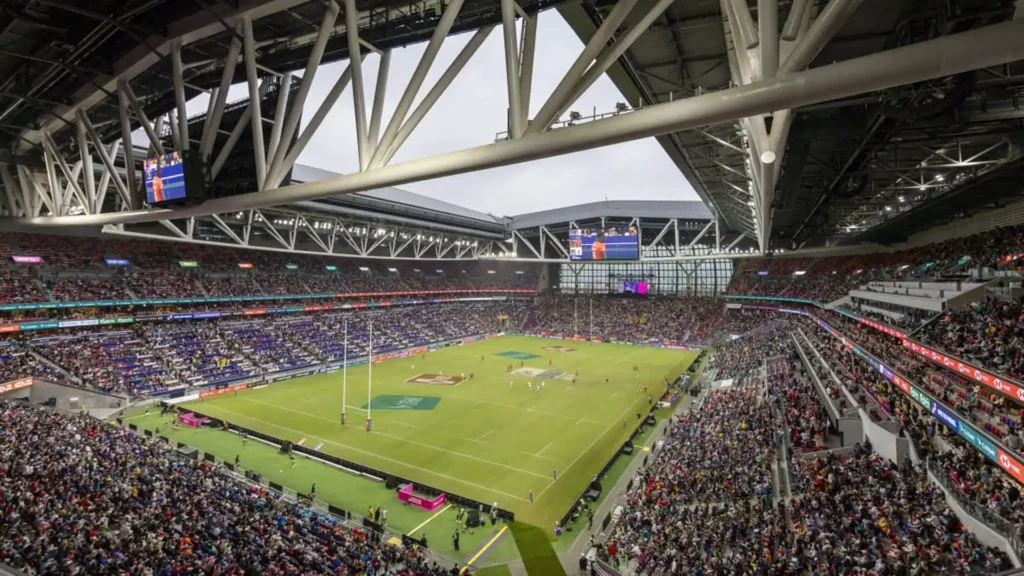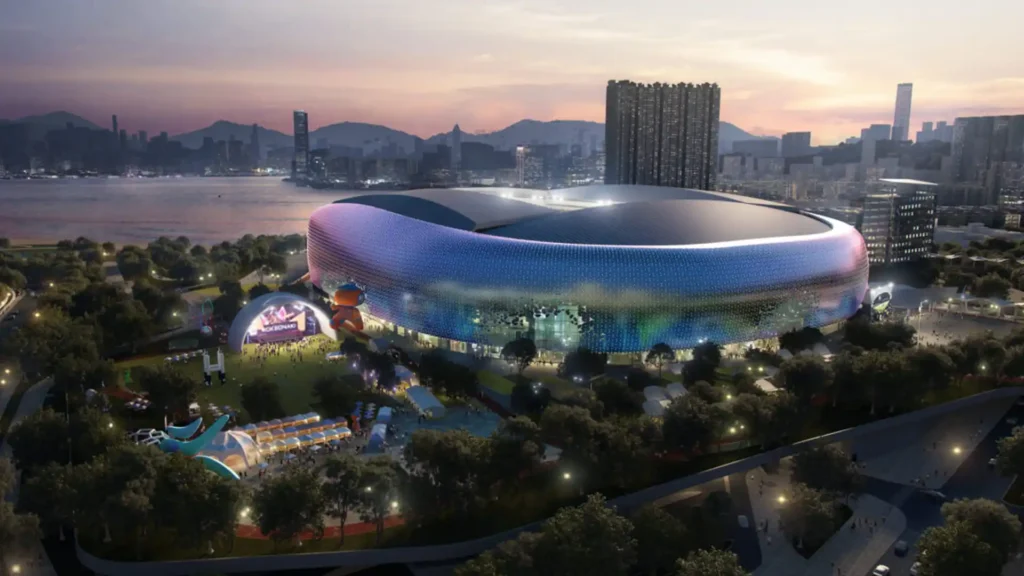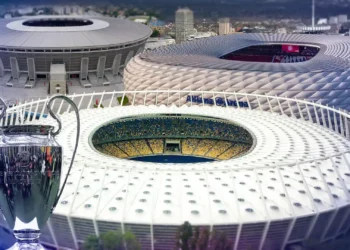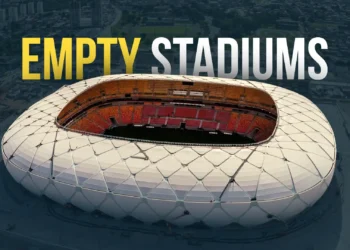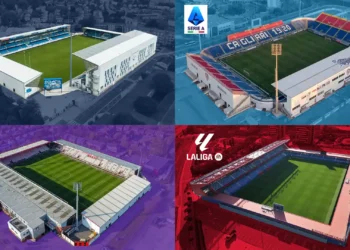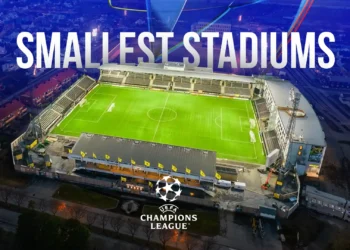The year 2025 is shaping up to be unforgettable for stadium enthusiasts. From Europe to Africa, South America, and Asia, several world-class arenas are opening their doors, bringing not just sporting action but also groundbreaking design, technology, and cultural impact. These stadiums are more than just venues — they are architectural landmarks that symbolize ambition, sustainability, and identity for their cities.
Here are the most beautiful stadiums that officially open in 2025.
1. Prince Moulay Abdellah Stadium (Rabat, Morocco)
- Opening Date: September 5, 2025
- Capacity: ~69,500 seats
- Key Events: Designed with FIFA World Cup 2030 in mind
The legendary Prince Moulay Abdellah Stadium has been fully renovated and reopened in 2025 as one of Africa’s most advanced arenas. The redevelopment transformed the old venue into a modern giant, now capable of hosting world-class matches and ceremonies.
What makes it special:
- Hybrid natural turf (grass reinforced with synthetic fibers) for durability and elite playing conditions.
- A redesigned seating bowl offering better sightlines and comfort.
- Expanded VIP and hospitality lounges that meet FIFA and UEFA standards.
- A futuristic exterior design with improved accessibility for fans.
This renovation is not just about football — it is about Morocco’s ambition to be a central stage for international sports.
2. Claro Arena (Santiago, Chile)
- Capacity: ~20,000 seats
- Key Concept: Latin America’s first fully sustainable stadium
Claro Arena in Santiago has emerged as a model for the future of stadiums. More than just a place for football, it is designed as an eco-friendly hub that merges sport, sustainability, and technology.
Standout features:
- 100% renewable energy supply, including a large network of solar panels.
- Electric vehicle charging stations integrated into the arena complex.
- Water-saving and recycling systems to minimize environmental impact.
- Modern and elegant design with a sleek roof and open facades.
The stadium proves that beauty today is not only measured by looks but also by responsibility. Claro Arena represents a new era in Latin American football infrastructure.
3. Hill Dickinson Stadium (Liverpool, England)
- Capacity: 52,888
- Club: Everton FC
- Location: Bramley-Moore Dock, Liverpool Waterfront
After years of anticipation, Everton FC’s new home has finally opened in 2025. Built on the historic Bramley-Moore Dock, the stadium is one of the most spectacular waterfront venues in world football.
Architectural highlights:
- Stunning riverside setting on the banks of the River Mersey.
- A modern yet timeless design that pays homage to Liverpool’s industrial heritage.
- State-of-the-art fan experience, with wide concourses, premium hospitality, and improved accessibility.
- Future-ready with green building standards and community facilities.
Everton Stadium is not just a football ground — it is a catalyst for the regeneration of North Liverpool, connecting the club’s future with the city’s history.
4. Kai Tak Sports Park (Hong Kong, China)
- Opening Date: March 1, 2025
- Capacity: 50,000 (Main Stadium) + 10,000 (Indoor Arena) + 5,000 (Public Ground)
- Location: Former site of Hong Kong’s iconic Kai Tak Airport
Kai Tak Sports Park is the largest sports infrastructure project in Hong Kong’s history and one of Asia’s most advanced sporting complexes. It has completely redefined the city’s sports and entertainment landscape.
Key features:
- A retractable roof and retractable seating, making the stadium flexible for football, rugby, athletics, and concerts.
- An integrated sports park with retail, dining, and leisure facilities.
- A 10,000-seat indoor arena for basketball, e-sports, and concerts.
- A symbolic location, built on the site of the old Kai Tak Airport, adding historical significance to its futuristic design.
The opening gala was a spectacular celebration, and the venue is already booked for major international events — cementing Hong Kong as a rising sports hub in Asia.
From the sustainability-first Claro Arena in Chile to the waterfront elegance of Everton’s new home, 2025 has already delivered some of the most stunning stadiums of the modern era. Morocco’s Prince Moulay Abdellah Stadium and Hong Kong’s Kai Tak Sports Park showcase how stadiums can become cultural landmarks while driving urban transformation.
These venues prove that a stadium is no longer just a ground for 90 minutes of football — it is a city icon, a technological marvel, and a symbol of pride for generations to come.

